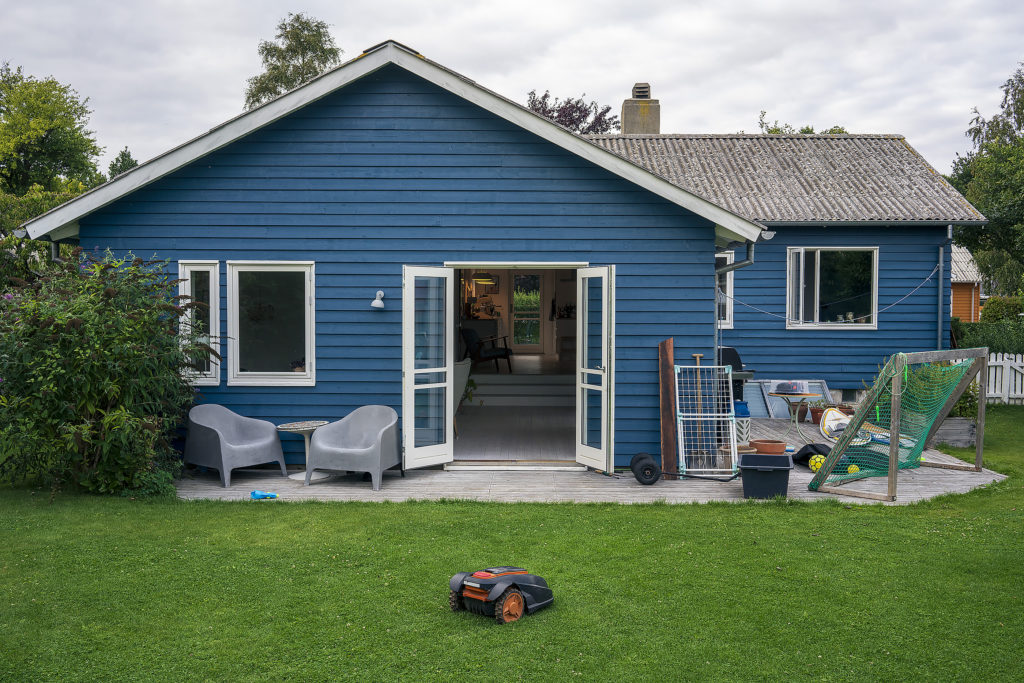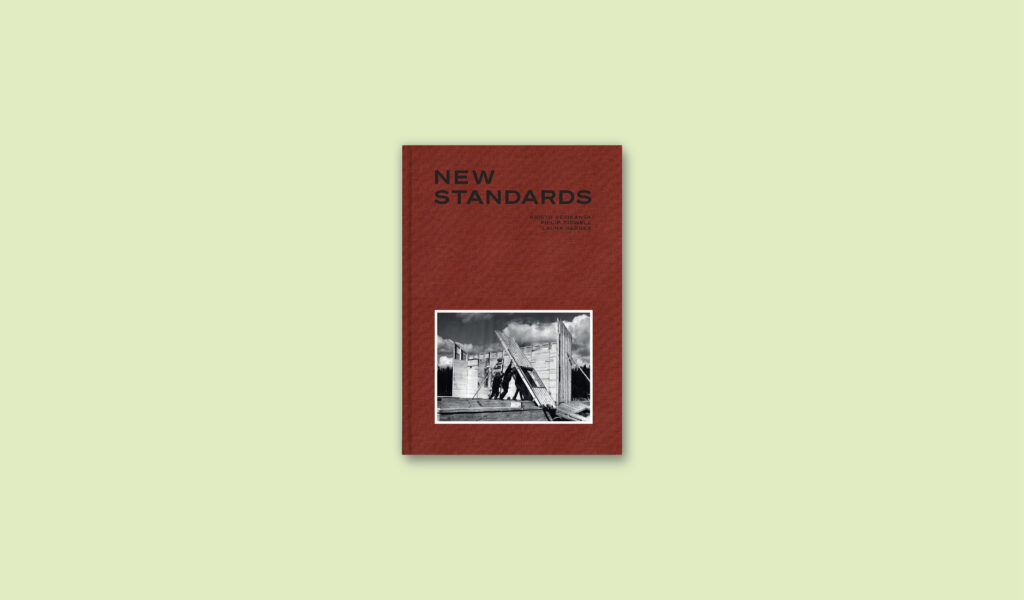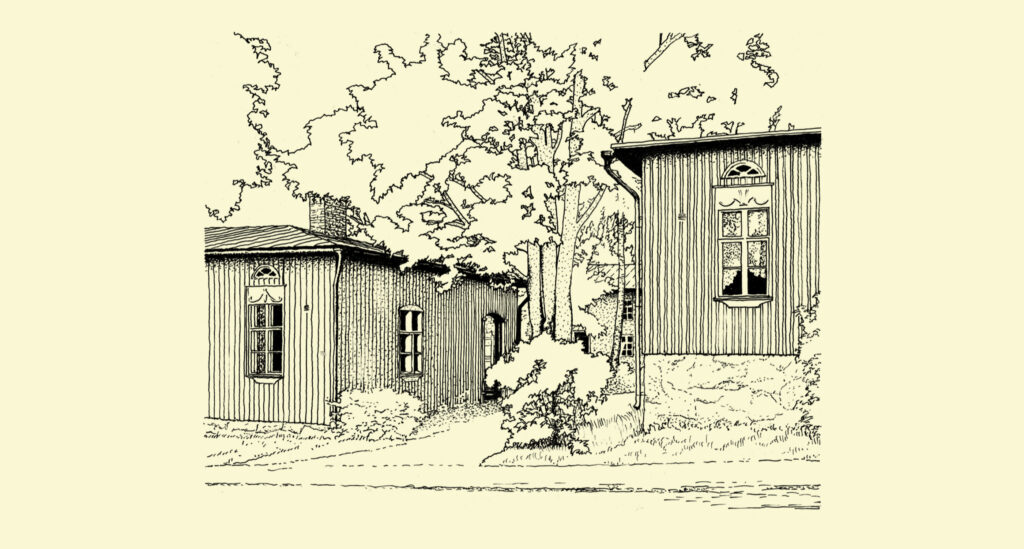Editorial 4/20: People in their Houses

The word ‘empathy’ has a nice, kind ring to it: “someone has thought of me”. With the COVID-19 epidemic, however, the meaning of the word seems to have expanded and gained gravity. People have come to realise that the safety nets of society really do matter. We have woken up to the fact that not everybody has the same possibilities to isolate themselves from the rest of the world and retreat to their homes and vacation houses. There has been talk of welfare, money, employment, homes, childcare and food deliveries – as well as the perpetual demands for growth by the economy. The actions taken against the virus have brought home the point that empathy is not just related to specific moments or deeds. It is also embedded in structures and principles.
Empathy has also made an appearance in a series of events that shook the AA School of Architecture in London over the summer. The AA School Community voted to reject Eva Franch i Gilabert’s five-year strategic plan that was based on “radical empathy”, and Franch, who had been appointed the first female director of the prestigious institution in 2018, was dismissed from her post due to the vote of no confidence. Still, the ideas concerning the solidarity of architecture, social capital, the recognition of an architect’s power and collective self-criticism that were recorded in the nixed plan undeniably strike a chord.
There is a dual relationship between architecture and empathy. In art, visionary and “inspiring” work has its place. At the same time, there is a lot of talk about “good design”, connoting an idea of a more universal, one-size-fits-all world. Conflicts within this setting are not difficult to find when you look at, for instance, the canon of modern architecture.
Did Mies van der Rohe consider, for example, how it would be for a single nephrologist in the autumn to live alone in a relatively chilly glass box set in the middle of pitch-black nature? Where would you be able to hide the kitchen bin?
A case in point is found in the famous Farnsworth House by Ludwig Mies van der Rohe, which has, among other accolades, been immortalised in the Lego Architecture series. Architects around the world recognise the glass house as a quintessential example of the brand of its designer. However, Mies’s client, Edith Farnsworth, sued the architect before the house was even finished. In her memoir, Farnsworth reiterated that she had wanted a modern and inexpensive weekend home but, in the end, felt like she had been made a guinea pig for the architect’s grand plans. Contemporary press sided with the client and had a field day with the elitism and aesthetic dictatorship of modern architecture. Architecture was even likened to an instrument of communism. After a bitter court battle, the architect won the case – after all, the client had approved the preliminary drawings.
It is rather difficult to imagine Mies van der Rohe as a particularly sympathising and empathetic architect. Did he consider, for example, how it would be for a single nephrologist in the autumn to live alone in a relatively chilly glass box set in the middle of pitch-black nature? Where would you be able to hide the kitchen bin? How much would the resident have to adjust, submit to her house? The glass house seems to be both arrogantly senseless and architecturally meritorious all at once. An element of this perspective is also present in discussions about so-called ugly buildings. A concrete suburb can be viewed as a clean-lined example of contemporary design, or as a brutally austere game of blocks in the middle of muddy November slush. Both extremes, however, overlook a multitude of other perspectives.
Whether we are looking at architecture or the world beyond it, a more relevant point would be to ask: do we know what life and the everyday experience are like for all members of our society? Do we understand or even recognise these experiences? In her recent podcast, the former first lady of the United States, Michelle Obama, reflected on her hometown of Chicago and her own childhood there. Some of her peers never saw the outside of their own neighbourhoods. These children never set eyes on the Great Lakes or the famous Chicago architecture, despite living right next to them. From the Finnish viewpoint, the problems of American society may seem distant. A homogeneous culture has kept the public environments of our society quite equitable, but in recent times, a more noticeable divide as regards spatial inequality in structures has begun to appear in our country as well.
Of course, the discussion on empathy cannot be entirely purist. When it comes to empathy in design, we at least have to accept the presence of other perspectives in areas where life as it is lived and experienced is at play. It is empathetic to make it easy for people to do the dishes or sort household waste. It is also empathetic to look after buildings and to design schools, bike lanes, hospitals and daycare centres. But at the same time, we should also be able to face the impacts of construction and projects in a wider sense. What else is going on outside our own immediate sphere of experience when architecture is produced and talked about? What is being left undone, unsaid, unheard? ↙




